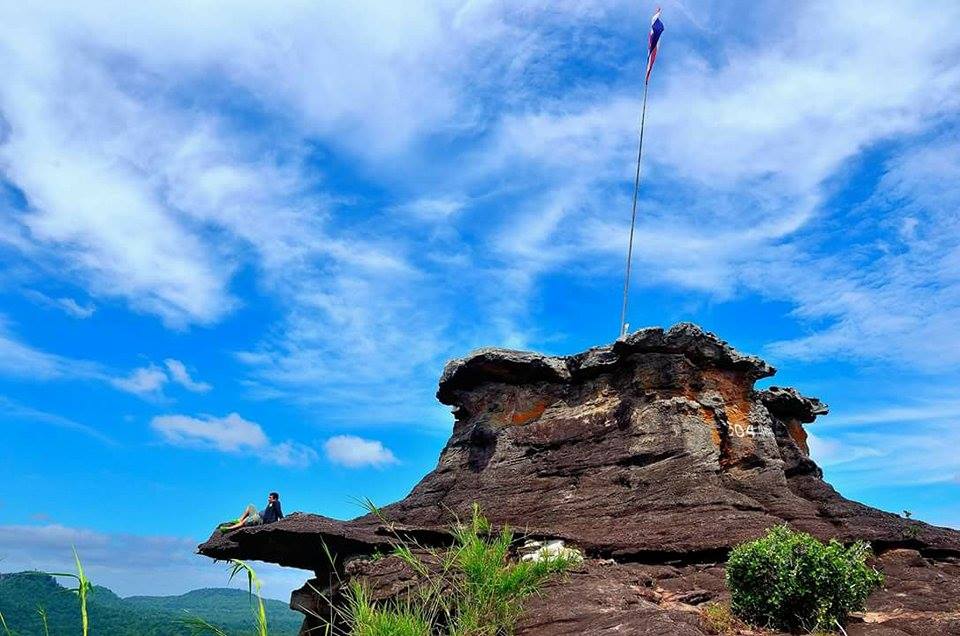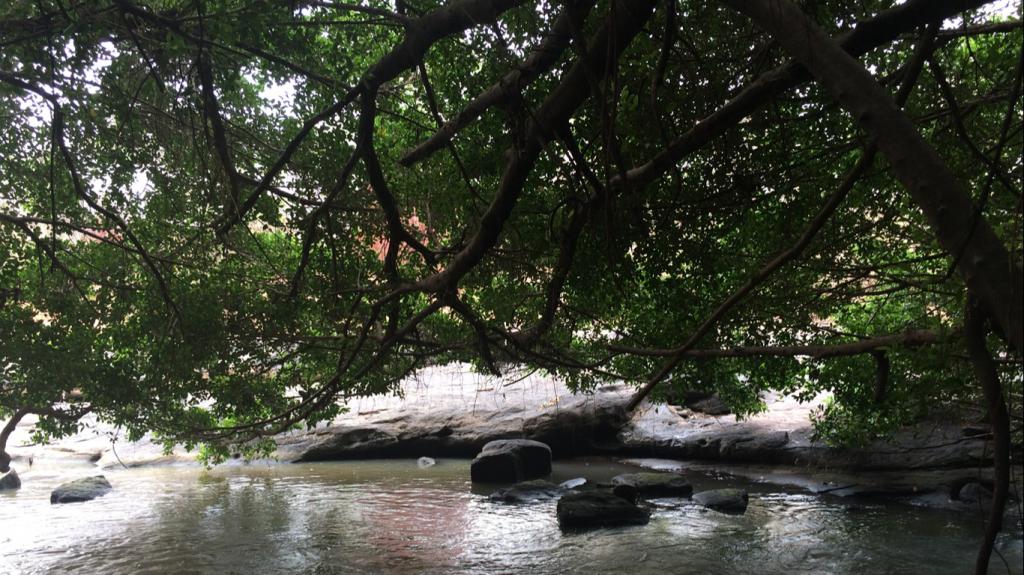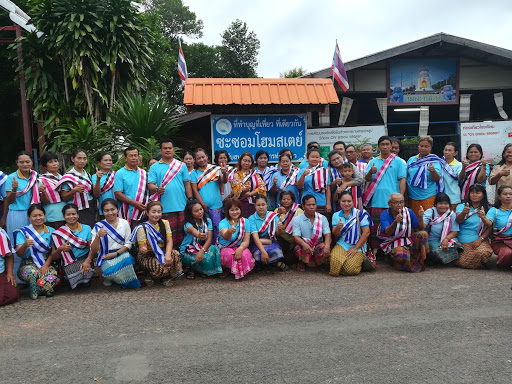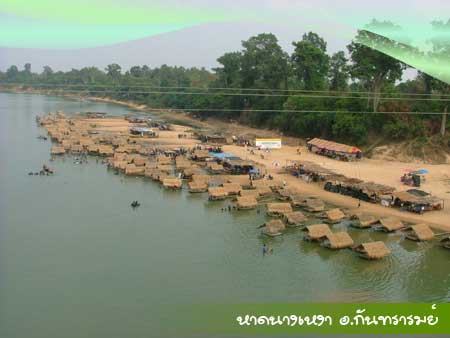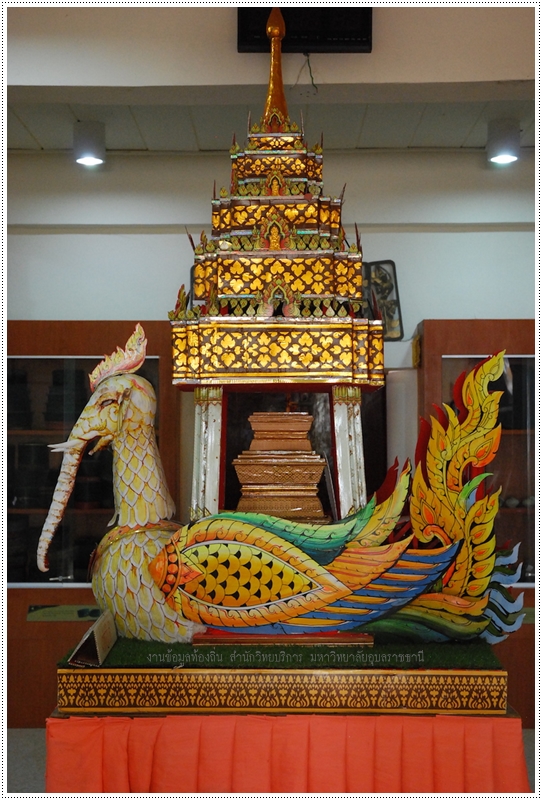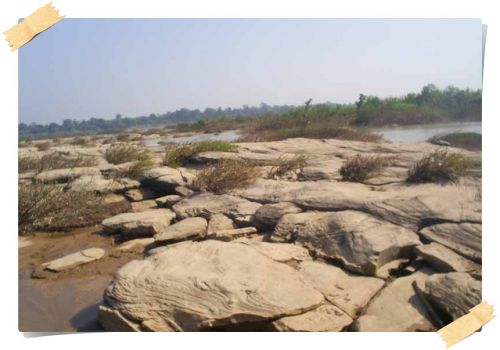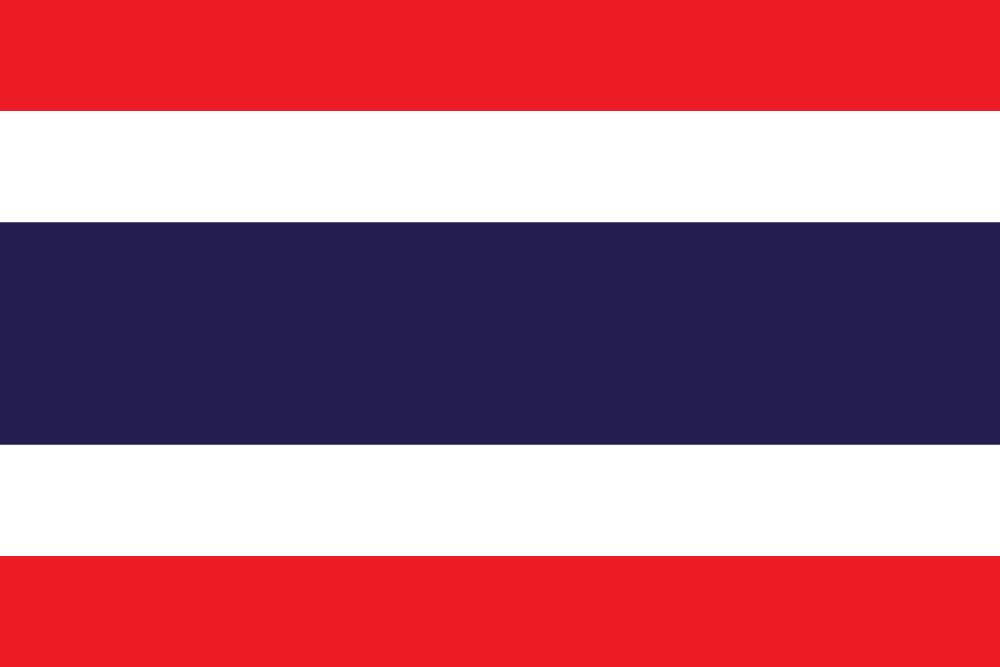 Ubon Ratchathani National Museum
Ubon Ratchathani National Museum
172 view · 21 Feb 2024
#Thailand#Ubon Ratchathani#Mueang Ubon Ratchathani#Attraction
Ubon Ratchathani National Museum is a national museum established for the purpose of developing modern museum business in accordance with the intention of the community and to be a conservation center of local arts and culture. It also provides educational services on the customs, culture, art and archeological history of the Lower Northeast Region.
Permanent exhibition in the museum focuses on the various aspects of Ubon Ratchathani, namely geography, history, archeology, arts and folk crafts, ethnology, religion, and politics. The exhibition is divided into 10 rooms:
Room 1 General information of Ubon Ratchathani
It provides general information of Ubon Ratchathani such as the map, demarcation and transportation, the ’s symbol, photos and places of culture and nature.
Room 2 Geography and Resources of the Northeast
It provides information of the origin of the earth, the map, geological features of the plateau, fossils, the history of the dinosaurs, mineral and rock samples, and gem excavation in Ubon Ratchathani.
Room 3 Prehistory
It exhibits the archaeological evidence including prehistoric artifacts found in Ubon Ratchathan, such as stone tools, drums, baskets, pottery in various shapes, bronze tools and accessories, as well as weapons made of bronze and iron, the wall paintings modeled after the cave paintings at Phae Taem which is a major site of prehistoric paintings in Khong Chiam, Ubon Ratchathani.
Room 4, Dvaravati and Chenla Culture (the Khmer period before the establishment of Phra Nakhon)
It exhibit antiques in the Chenla culture or Cambodian culture before the establishment of Phra Nakhon and antiques in the Dvarawadee period. The most important artifacts are the sculpture of Ardhanareeswara since the 13th Buddhist century found in Ubon Ratchathani. It is a statue of Shiva and Uma which are the gods of Hinduism. There is also the Khmer-style pillars of the door frames, the Buddha images, and sandstone boundary markers, etc.
Room 5 Khmer Culture in Phra Nakhon
It exhibits antiques influenced by Khmer culture in Phra Nakhon or the 15th-18th Buddhist century, such as the Khmer- Koh Ker Ganesha images, Kampong Phra-style lintel, Bayon lintel, sandstone Shiva lingam, and architectural pieces from the archaeological sites in Ubon Ratchathani, including the sculpture of Nine Celestial Deities from Ban Ben, etc.
Room 6 Thai-Lao Culture
It exhibits antiques and objects in Thai-Laos culture during the 23-25 Buddhist century. They are Buddha images in various attitudes made of wood, bronze, and sandstone. The important artifacts include the Lao-style meditation Buddha image made of bronze with at the inscription at the base. The inscription concludes that Anuwong ordered to built it in 2369 It is the Buddha image featuring the very beautiful aspects.
Room 7 Ubon Ratchathani Ancient and Local Textiles
It exhibits antiques and objects of Ubon Ratchathani ancient woven and local textiles, such as high-end women's sarongs, woven cotton, and silk in various patterns.
Room 8 Folk Music
It exhibits information about folk music with real-sized figures of musicians playing various musical instruments. Most of the instruments have been adapted from natural materials. The musical instruments like strings include a two-stringed harp and a three-stringed harp while string Instruments with a bow are fiddles, as well as percussion including Ponglang
Room 9 Folk Handicrafts and Household Appliances
It exhibits folk handicraft and household appliances such as Ban Pa Ao brassware along with the process of making brassware, such as betel boxes, caskets, metal tube (Ta Ban Mak), water dippers, etc. In addition, there are betel boxes which are unique items of Isan. Fishing tools such as bamboo fish traps, fishnet, etc. are displayed. This room shows cookware can found in the current lifestyle such as rice bamboo containers, mortar, earthen steamerม coconut graters, etc.
Room 10 Politics and Fine Arts in Buddhism
It displays about the politics of Ubon Ratchathani prior to the reform in the reign of King Rama V. There are photos of personalities, utensils of Ubon Ratchathani governors, and also fascinating items which are fine artworks in Buddhism. It contains items provided by Buddhists as sacred objects at Buddhist temples in Ubon Ratchathani. The items include the pulpits, Dhamma book chest, Thangka, a long tube through which water is poured, folding wooden bookrest, candlestick, palm-leaf manuscripts, etc.

 Routes for place
Routes for place
Other Places...







